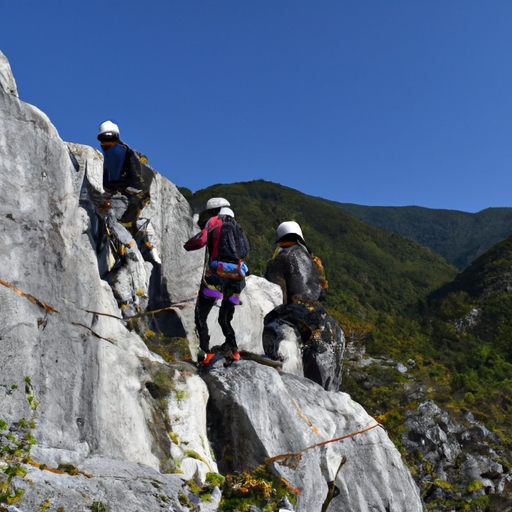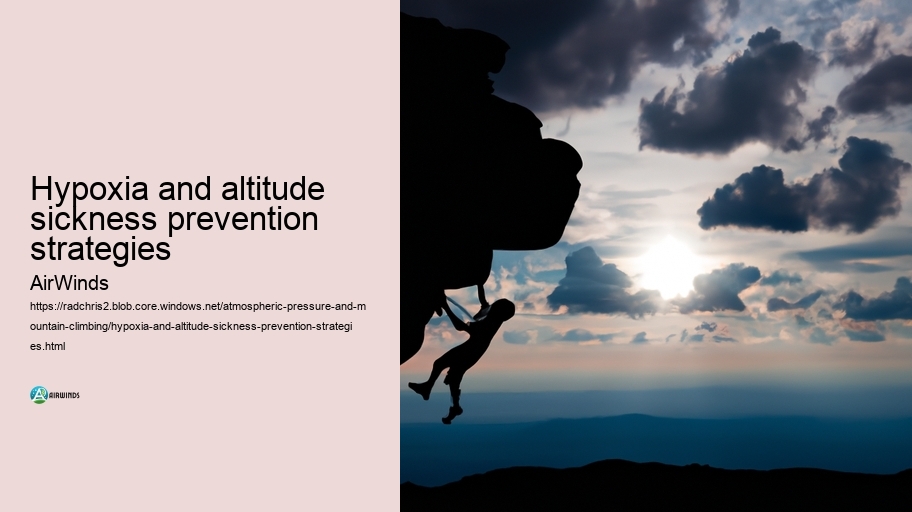To mitigate the risks associated with hypoxia and prevent altitude sickness, several strategies are paramount. Atmospheric composition First and foremost is acclimatization – the gradual process allowing the human body to adapt to lower oxygen levels. It involves ascending slowly over days or even weeks, depending on the elevation gain. For instance, climbers tackling peaks such as Everest will spend considerable time at base camps interspersed along their route upwards.
Another key prevention technique is staying hydrated. Dehydration exacerbates the effects of altitude sickness; hence maintaining fluid intake is crucial. Expedition planning However, it's important not only to drink water but also consume beverages containing electrolytes which aid in maintaining proper physiological balance.
Nutrition also plays a vital role in combating hypoxia. A diet rich in carbohydrates provides readily available energy that can be efficiently utilized even under conditions of reduced oxygen availability. Avoiding alcohol and other depressants that may slow down breathing or reduce respiratory drive is equally important.
Medication should not be overlooked as a preventative measure against altitude sickness.
Hypoxia and altitude sickness prevention strategies - Wind chill factor
- Summit attempts
- Emergency evacuation
- Crevasse navigation
- Ventilation rate
- Altitude sickness
- Climber's logbook
Oxygen supplementation presents an immediate remedy for hypoxic conditions when natural acclimatization isn't enough or ascent has been too rapid. Portable oxygen tanks are often carried by mountaineers as they approach extreme altitudes where ambient air simply cannot provide sufficient oxygen without assistance.
In summary, preventing hypoxia and its resultant altitude sickness requires careful planning and adherence to established strategies like paced ascent for proper acclimatization, hydration maintenance, adequate nutrition focusing on carbohydrates intake avoidance of depressants like alcohol medication guidance from health professionals if necessary and supplemental oxygen in extreme cases These measures collectively ensure safer high-altitude experiences for adventurers enthusiasts alike

